HomePod mini vs. Amazon Echo vs. Google Nest Audio: Which $99 smart speaker should you get?
Three speakers. Three voice assistants. Same $99 price tag. Which is best?
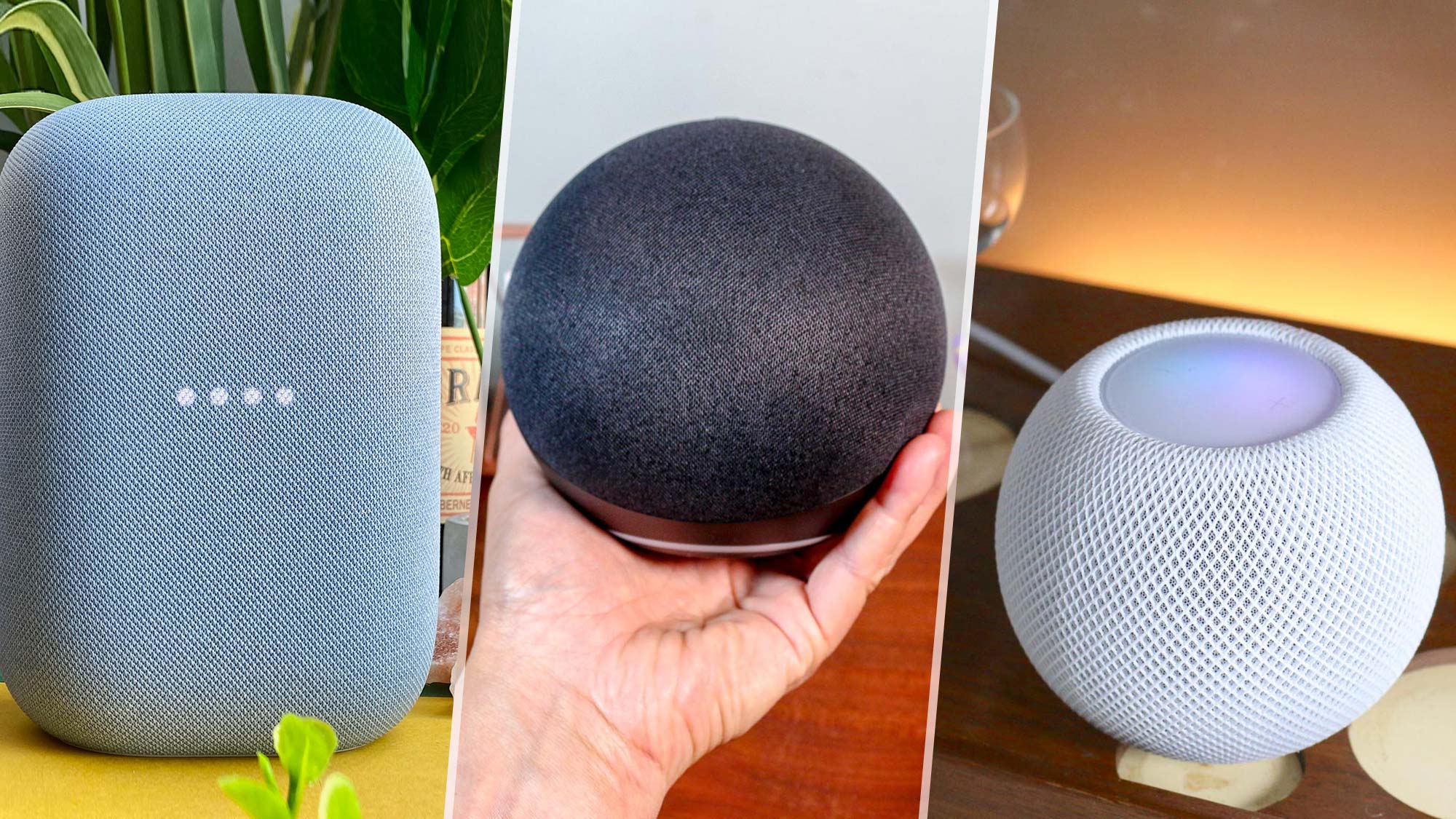
This HomePod mini vs. Amazon Echo vs. Google Nest Audio face-off is the most exciting smart home showdown we’ve seen in several years. All three speakers launched within weeks of one other, giving smart speaker shoppers a three-way choice between $99 brand-name models for the first time.
You could read our HomePod mini review, Amazon Echo (4th gen) review or Google Nest Audio for in-depth and individual analysis of each model. But if you’re wondering how each one compares to the other two, we look at how they measure up in terms of design, sound and smart assistant features. (This is the first time Siri comes in a sub-$100 package, after all.)
Read on for our guide to HomePod mini vs. Amazon Echo vs. Google Nest Audio to see which is the best smart speaker for you.
HomePod mini vs. Amazon Echo vs. Google Nest Audio: Specs compared
| Row 0 - Cell 0 | HomePod mini | Amazon Echo (4th gen) | Google Nest Audio |
| Price | $99 | $99 | $99 |
| Size | 3.9 x 3.3 inches | 5.7 x 5.2 inches | 6.89 x 4.89 x 3.07 inches |
| Speakers | 1 driver, 2 passive radiators | 3-inch woofer, 2 0.8-inch tweeters | 3-inch woofer, 0.7-inch tweeter |
| Ports | N/A | 3.5mm in/ou | N/A |
| Colors | White, Space grey | Charcoal, Glacier white, Twilight blue | Chalk, Charcoal, Sand, Sky, Sage |
| Voice assistant | Siri | Alexa | Google Assistant |
| Connectivity | 802.11n Wi-Fi, Bluetooth 5.0, Thread | 802.11a/b/g/n/ac Wi-Fi, Bluetooth, Zigbee, Sidewalk | 802.11n Wi-Fi, Bluetooth 5.0, Chromecast |
HomePod mini vs. Amazon Echo vs. Google Nest Audio: Design
All three companies have essentially said that the design of their speakers should encourage users to place them in more prominent places. In my opinion, the Nest Audio makes the most convincing case.
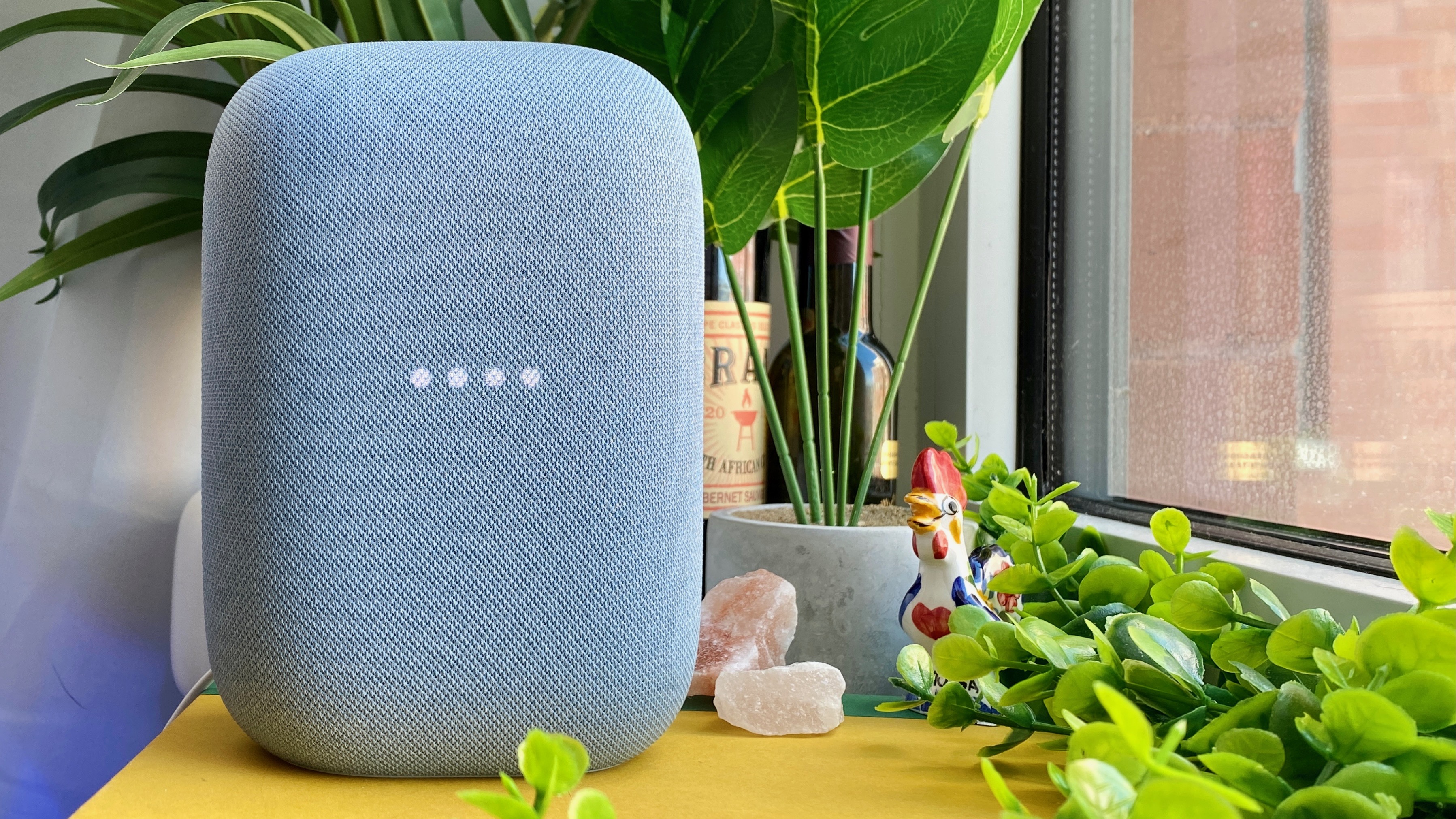
Google’s speaker sports a clean-looking, cloth-covered exterior, so the Nest Audio can be disguised as home decor. More unique than its spherical competitors, the 7-inch tall speaker looks less techy, in a good way. It comes in a larger range of colors, too. Instead of buttons, capacitive touch controls just beneath the top seam can be used for controlling music, although it’s not exactly obvious where they are.
For its 4th-generation Echo, Amazon kept the familiar control buttons on top, while moving the LED ring to the bottom of the speaker to optimize reflection. Unlike Apple’s HomePod Mini, whose fabric covering swathes the majority of the speaker, the lower third of the Echo Dot is solid plastic. If I had to choose one orb over the other, I’d pick the new HomePod, which is the same size as the Amazon Echo Dot (4th gen) so you can stick it just about anywhere. Plus its glowing, translucent touch panel at the top is neat, even if it makes Apple’s speaker look like a magic 8-ball.
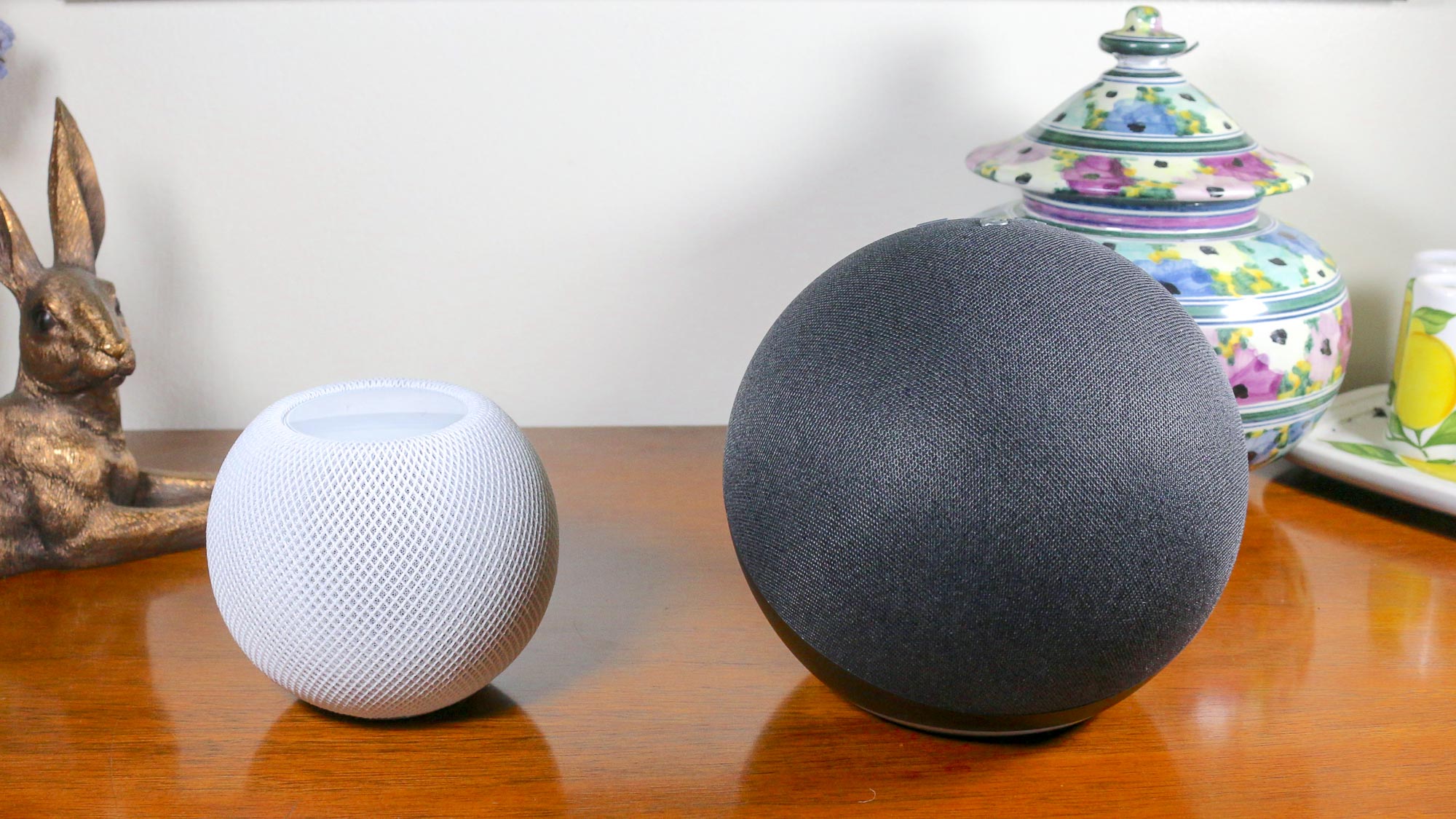
Although the Amazon Echo does have 3.5mm audio in and out, which lets you pair it to an external speaker or sources directly. Neither Nest Audio or HomePod mini have this port. Meanwhile, the HomePod mini lacks a physical microphone toggle. This could be a deal-breaker for anyone who prefers a mechanical, rather than a software-based solution to privacy.
Winner: 1. Nest Audio 2. HomePod mini 3. Amazon Echo
HomePod mini vs. Amazon Echo vs. Google Nest Audio: Audio performance
The Nest Audio packs a 0.7-inch tweeter and 3-inch mid-woofer, while the Echo has two 0.8-inch tweeters and a 3-inch woofer. Apple does not specify the size of it’s speakers, but we know the HomePod has a full-range drive and two passive radiators inside.
Despite its small size, the Mini sounded better than the much larger Amazon Echo and Nest Audio across a wide range of musical genres. In fact, it produces the best audio for a speaker of this size or at this price. Although it doesn’t get as loud as the other two speakers, the HomePod mini produced clearer vocals and more balanced audio without losing fidelity, even at top volume.
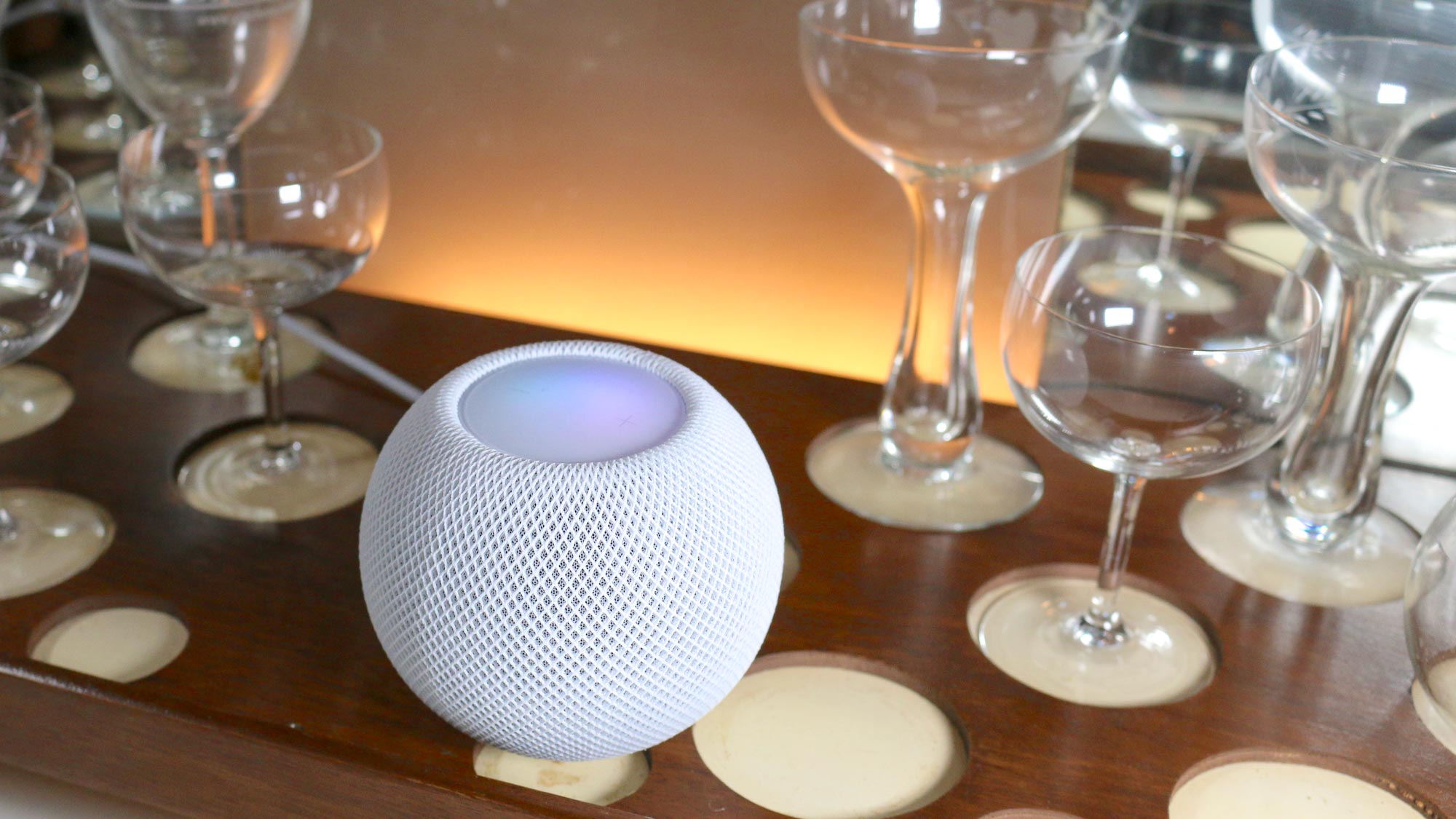
That said, if you’re a bass enthusiast, you’ll probably like the Echo best as its chamber is designed for maximum vibration. It also uses an array of six microphones to determine the acoustic properties of the room it’s in, whereas the Nest Audio and Homepod mini.
It’s important to note that a $100 speaker, though good for most people, isn’t constructed with true audiophiles in mind. Consider the Sonos One if you care about sound performance over all else. It costs $100 more than any of the options in this face-off, but is well worth the premium.
Winner: 1. HomePod mini 2. Amazon Echo 3. Nest Audio
HomePod mini vs. Amazon Echo vs. Google Nest Audio: Music services
If there’s one area where the HomePod mini lags behind the Amazon Echo and Google Nest Audio, it’s with streaming music services. Through the HomePod, you can stream music from Apple Music, iHeartRadio, TuneIn, and Pandora, and even specify a default music service, but you’re limited to those partners
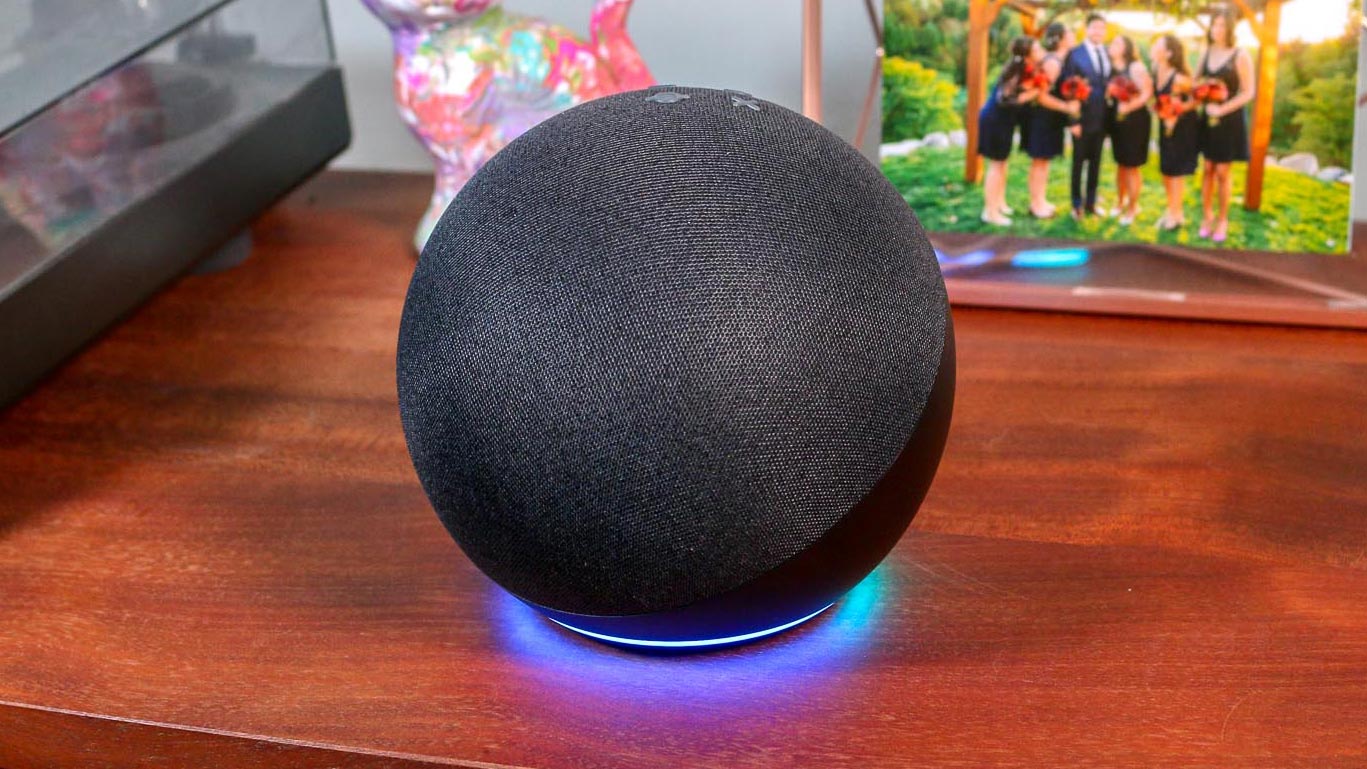
By comparison, Alexa and Google not only let you listen to the above services (including Apple Music), as well as SiriusXM, Deezer, Tidal, Spotify, and Vevo, all of which are popular.
Hopefully Apple expands support for mini, but until then you should be aware of the services that are and aren’t available — the last thing you’d want is to buy a new speaker that doesn’t work with your music source of choice.
Winner: 1. (tie) Amazon Echo and Nest Audio 3. HomePod mini
Siri vs. Alexa vs. Google Assistant
The HomePod mini, Amazon Echo and Google Nest Audio all come with their respective company’s voice assistant on-board. This means hardware should be optimized for the assistants. For example, with the exception of the Google Nest Hub Max, or perhaps Pixel phones, you won’t find a better vehicle for Google Assistant than the Nest Audio. The speaker unlocks all of the best Google Home commands and best Google Assistant commands as far as your voice can reach.
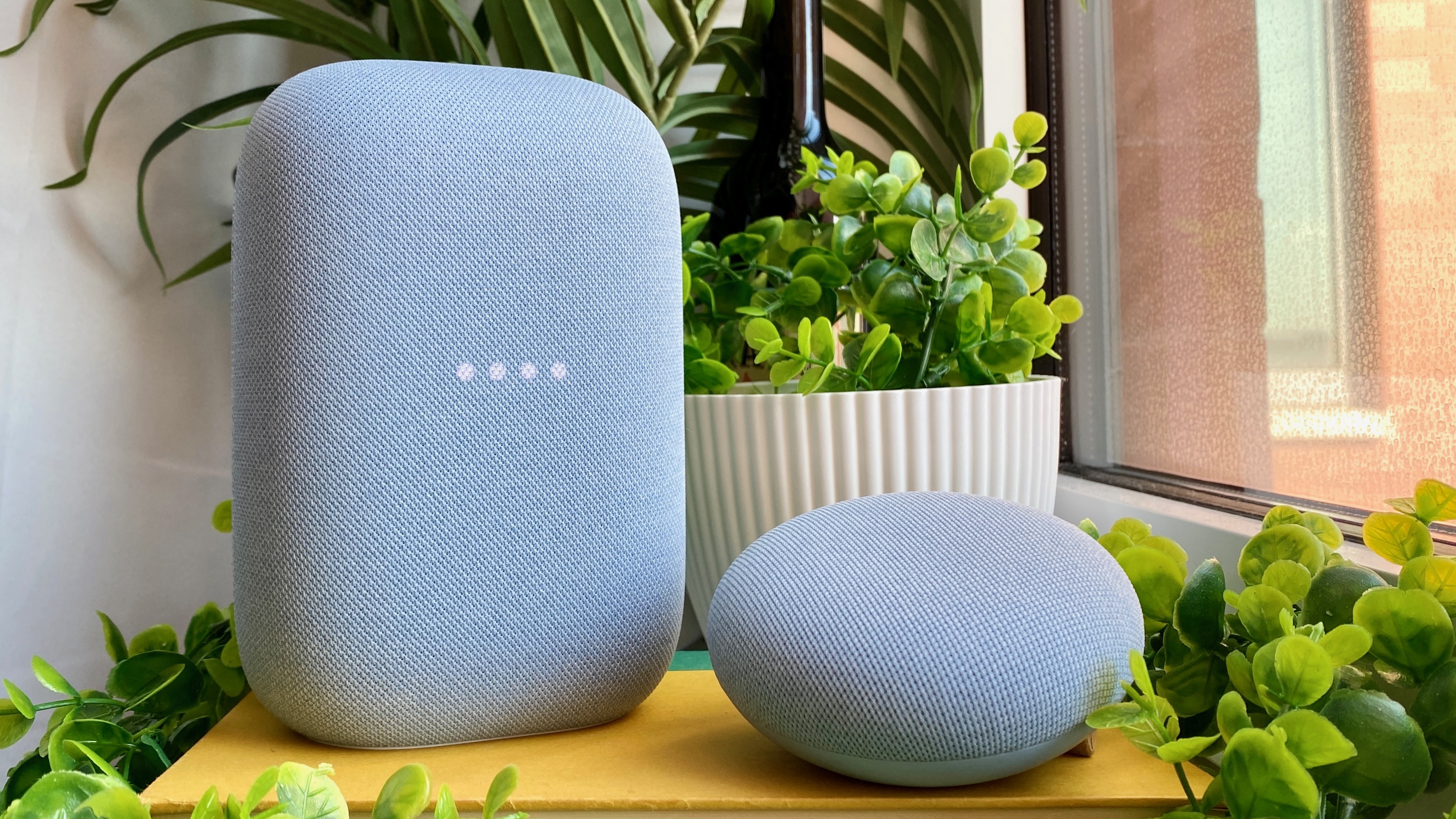
Meanwhile, the Echo remains an excellent vehicle for Alexa and the best Alexa skills, supporting new features like Alexa Guard, which turns the Echo into a sound-sensitive home security system. Alexa routines are also more comprehensive than what you can do with Google Assistant and HomePod, while the built-in Zigbee radio lets you connect compatible low-power smart home devices easily.
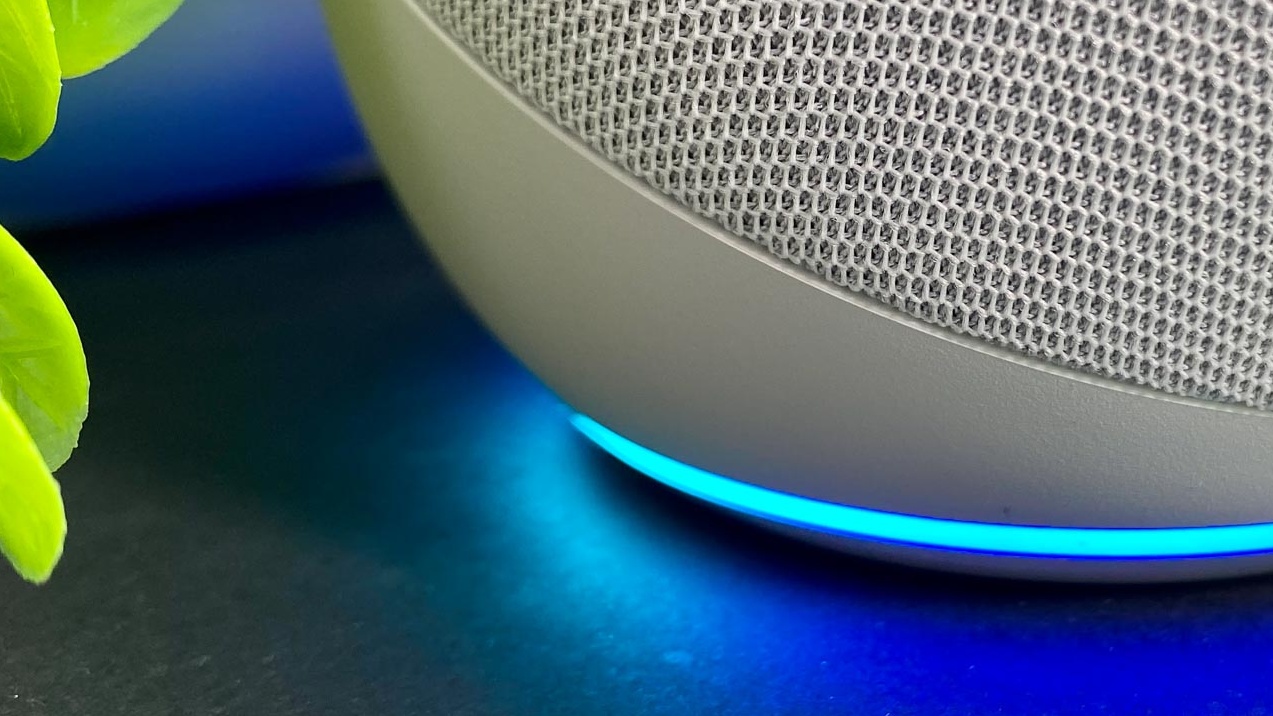
If queries, family management and productivity are more important to you than smart home automation, you’ll appreciate Google Nest Audio’s AI. Commands are processed on-device through the speaker’s TeraOPS chip, meaning your assistant can better learn your needs while alleviating the common privacy concerns that come with voice recordings, the TeraOPS chip also allows for speedier Google Assistant responses.
Siri has made some improvements — you can now set multiple timers and name them, plus the best HomeKit devices list keeps growing — but it still lacks many skills and features you’ll find with Alexa and Google Assistant. In terms of the HomePod mini, Siri’s key attribute is its integration with your iPhone. You can ask Siri to make a call, send an iMessage and even find your iPhone or Apple Watch.
Winner: 1. Amazon Echo 2. Nest Audio 3. HomePod mini
HomePod mini vs. Amazon Echo vs. Google Nest Audio: Which speaker should you buy?
Did this HomePod mini vs. Amazon Echo vs. Google Nest Audio face-off help you decide which of these $99 speakers is the best choice for you? Each has winning traits — the HomePod mini excels in sound, while the Nest Audio looks the best and Echo is everything a so-called smart speaker should be.
So our advice is to stick to the smart home ecosystem you already use, since these speakers are only compatible with their company’s voice assistant. If you’re starting fresh, you can’t go wrong with Amazon Alexa or Google Assistant, although there certainly are advantages to the Siri-equipped HomePod for those with a slew of other Apple products.
Sign up to get the BEST of Tom's Guide direct to your inbox.
Get instant access to breaking news, the hottest reviews, great deals and helpful tips.
Kate Kozuch is the managing editor of social and video at Tom’s Guide. She writes about smartwatches, TVs, audio devices, and some cooking appliances, too. Kate appears on Fox News to talk tech trends and runs the Tom's Guide TikTok account, which you should be following if you don't already. When she’s not filming tech videos, you can find her taking up a new sport, mastering the NYT Crossword or channeling her inner celebrity chef.

